As important as musical scores are to horror films, silence is just as integral to the tone that a spooky feature seeks to evoke. It’s all too easy for a filmmaker to overuse a score to tell the audience to be scared, or the sound design to warp your perspective on what images the filmmaker is showing you. While the score for HALLOWEEN is one-of-a-kind phenomenal and will never be imitated or topped, it’s overused just a tad in the film. So this article here serves to highlight a few films that let the silence speak for itself. It’s scenes in horror films that use songs, scores, sound design, imagery or performance to create something special. For example, it could be a fleeting moment like in THE STRANGERS when the killer appears behind Liv Tyler to give a tidal wave of goosebumps to the viewers. In these silences, your hair may stand on end. Stay quiet and check out these handpicked Daily Grindhouse entries.
SPOILERS HEREIN. DON’T SAY WE DIDN’T WARN YOU!
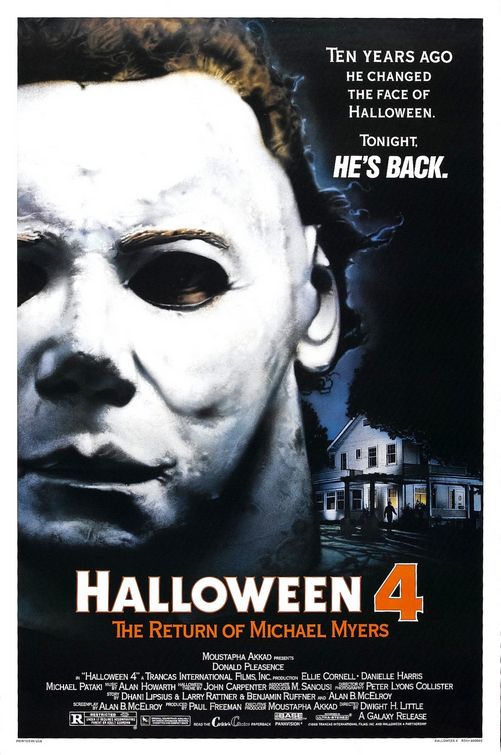
HALLOWEEN 4: THE RETURN OF MICHAEL MYERS (Opening Credits)
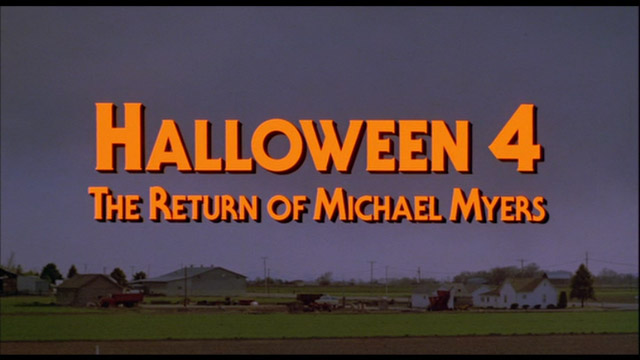
The opening credits have been iconic for HALLOWEEN from jump street. We all remember the image of the smiling pumpkin complete with a candle burning away in its innards, not to mention the memorable image of the pumpkin’s face breaking open to reveal a ghastly skull. But it’s the opening moments of HALLOWEEN 4: THE RETURN OF MICHAEL MYERS features some of the most atmospheric imagery in the entire franchise, because it evokes the spirit of the holiday best. By HALLOWEEN: RESURRECTION they just fucking gave up on memorable credits (or anything at all, really). The low ominous droning of Alan Howarth’s score and sound design fits snugly with the wind-swept foggy imagery of the fall season, and adding the Halloween decorations to this tableau allows for the viewer to be immediately brought into Dwight H. Little’s interpretation of this 1988 sequel. You can feel the cold in your bones as we gaze over this desolate, isolated farm and all its disused equipment. You’re ready to chow down on terrible Halloween candy, drink apple cider and go visit every haunted house in the county. Moreover, you can feel the evil of Michael Myers seeping back into the roots of Haddonfield. It’s the calm before the storm. The restraint of the filmmakers to avoid using the iconic John Carpenter score over the credits further proves the point that this film is an underrated sequel in the HALLOWEEN franchise.
HEREDITARY (The Accident)
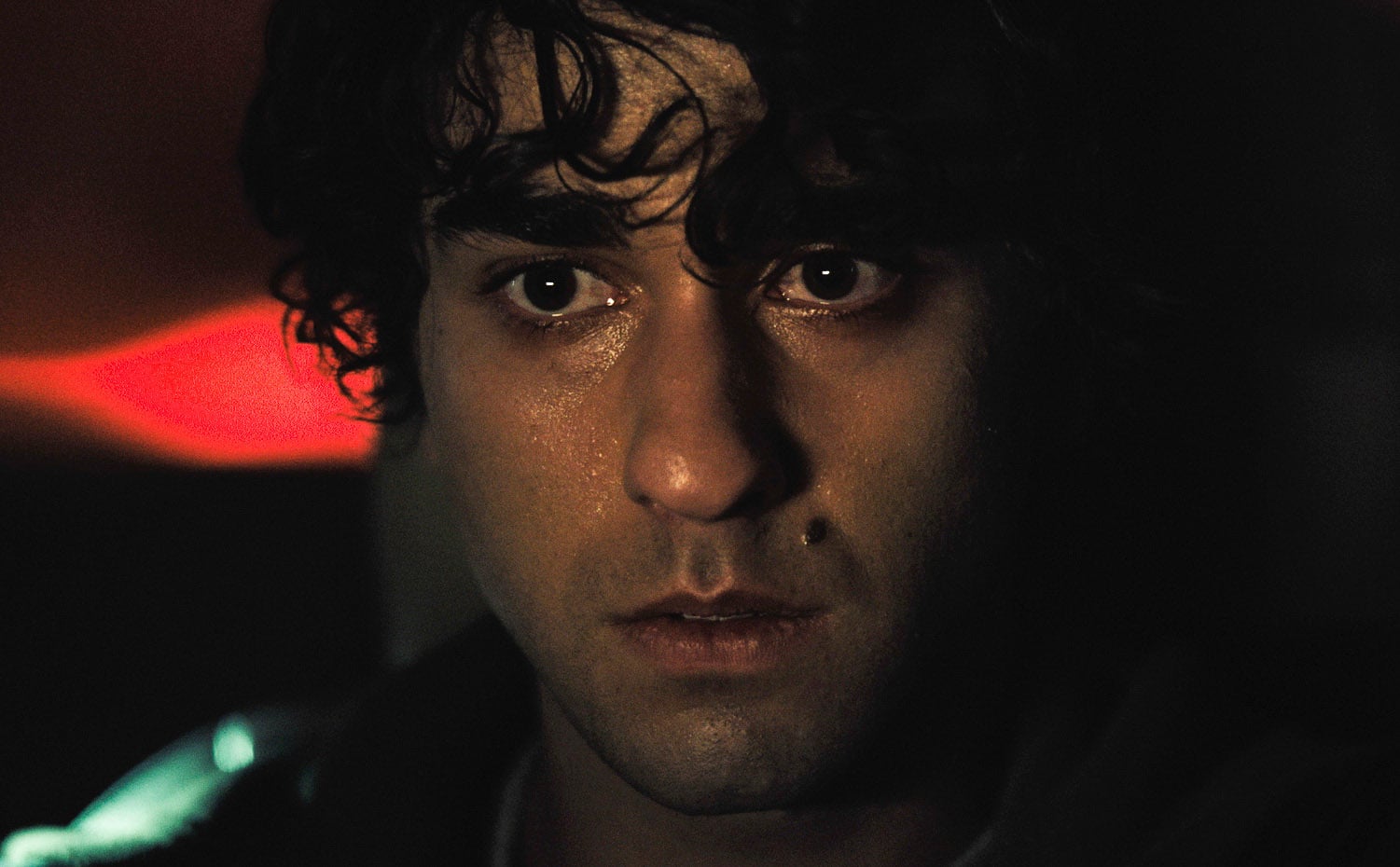
Everyone is rightfully championing Toni Collette for her fire-and-brimstone performance as a devastated woman under the paranormal influence in HEREDITARY. But it’s Alex Wolff who gives a beautifully understated performance as her equally stress filled son (actually he’s pretty great in MY FRIEND DAHMER as well). While Wolff holds his own against Collette in several scenes, namely the dinner scene and the paint thinner nightmare, he’s outstanding in the scene where he is traumatized in the immediate aftermath of the death of his sister. While the blame for her unavoidable death is up for debate (it’s a confluence of events that led to her accidental decapitation, and no one person is directly responsible), the way Peter sits in the driver’s seat and shudders at the weight of what has gone down is blood chilling. We’re stuck listening to the idling of the car and the din of the dark desert rattling in our ears. There’s only one sentence uttered by Peter, and it’s barely audible to us. Instead, the camera focuses on Wolff’s face, sweaty and shattered by what he’s done. In that moment, you can see the anguish, the guilt, the tremendous weight of the accident wash over his face. You hold your breath alongside and pray to God you never have to breathe again. His reticence to look back and see exactly what happened to his sister, or what’s left of his sister is a haunting moment. Even the way the camera is reluctant is gaze into the mirror for fear of the horrors they will reveal. We’ve all had those moments where we’ve done something foolish like drop your plate of food or a glass of liquid to the ground and our first instinct is to close our eyes, and wish away the thing we’ve done. Let alone the dumb actions we’ve committed while under the influence of an intoxicant. His reluctance to look back at the thing he did, the nightmare he created by accidentally killing his sister is a fear none of us hope to ever live through. Because if you never look back at the dead body of your sister, then it never happened. It keeps it from being real. It renders it Schrödinger’s decapitation.
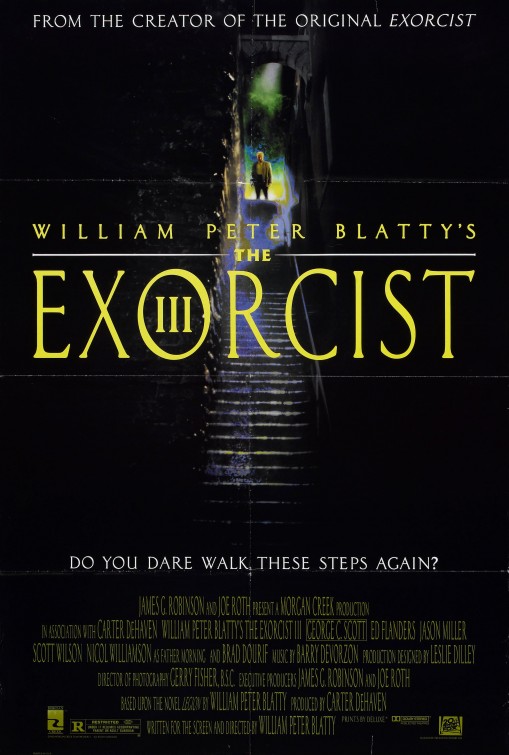
THE EXORCIST III (Nurse Station)

The entirety of THE EXORCIST III is filled with enough dripping dread to overwhelm any horror film over the last three decades. But there’s a reason why the nurse station scene in THE EXORCIST III is considered to be the golden standard for jump scares in horror, often charting at the top of lists on about every single horror site on in the internet. So much of horror is about the release of the tension, culminating in the scare. But we never focus on the build-up to the scare. The construction in spooking an audience is a hell of a lot more work than a simple “boo!” The reasoning behind the effectiveness of the scene and its shocking jolt of an ending is simple – it’s mundane for a long stretch of time, until it’s not. You’re just watching this unnamed nurse go about her business, delivering medicine to her patients. The camera sits stationary, waiting and watching for the goods to be delivered to the audience. There’s no hint of the terrors to come, no killer hiding behind a curtain, no cutaways to a madman concealed in the shadows. Nothing. The restraint on display here is admirable too. We don’t feel the urgency to rush through the scene to get to the “money shot.” No sense to appease the audience in the magic trick the director is orchestrating. Instead, the tension simmers underneath the scene, around the scene, into the frame. It bubbles in the cauldron, getting stirred over and over until it’s ready to boil over. And when it does, the killer in their white flowing wardrobe springs forth, killing the nurse with their nightmarishly large scissors. Then, the roiling silence is replaced with a cacophony of wailing, shrieking music, allowing the score to speak for each and every member in that audience that have been scared out of their wits.
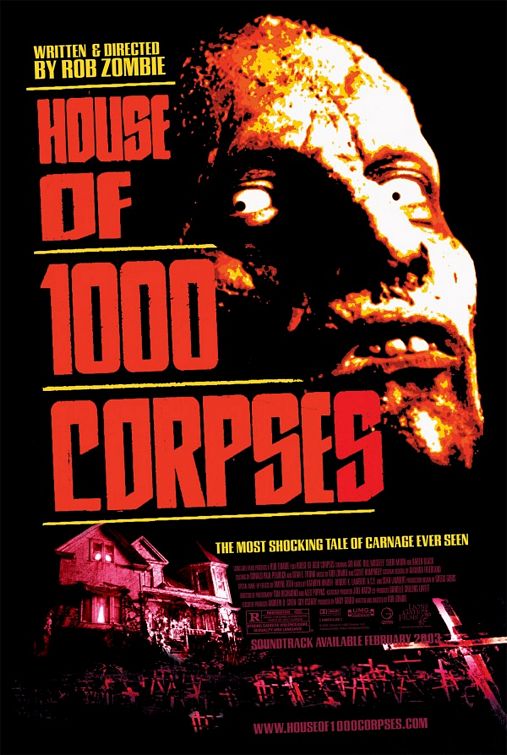
HOUSE OF 1000 CORPSES (The Police Visit)
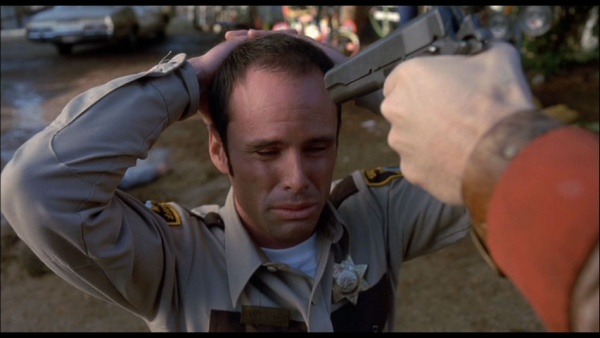
For the length of its running time, HOUSE OF 1000 CORPSES plays like an acid-washed, heavy-metal horror show. Unfortunately (though not to the film’s detriment), the trippy brilliance of Rob Zombie’s psychotic, psychedelic writing and directing doesn’t allow for much breathing room for the viewer. That being said, there’s a gangbusters sequence right as the second act of the film winds down. The police seem to be closing in on the Firefly family and so it seems are about to rescue the captive heroes. But things don’t go according to plan, and the police are systemically wiped out by the freaky family, all to the strains of Slim Whitman’s “I Remember You.” It’s not that moment however that I’m singling out as a masterful silent moment rather it’s the moment where Otis points a gun at the last officer’s head (WALTON GOGGINS!) and the camera floats away toward the sky, the music drops out and so does the sound. We wait alongside the poor unfortunate victim for the loud echoing gunshot that will take his life and kill any possibility that our heroes may escape and the wait is excruciating. When it hits, the audience jumps out of their seat at the little jack-in the box trick Zombie has effectively pulled. I also see this moment as a precursor to the chicken-fried Western that Zombie would unfurl in 2005 with THE DEVIL’S REJECTS.
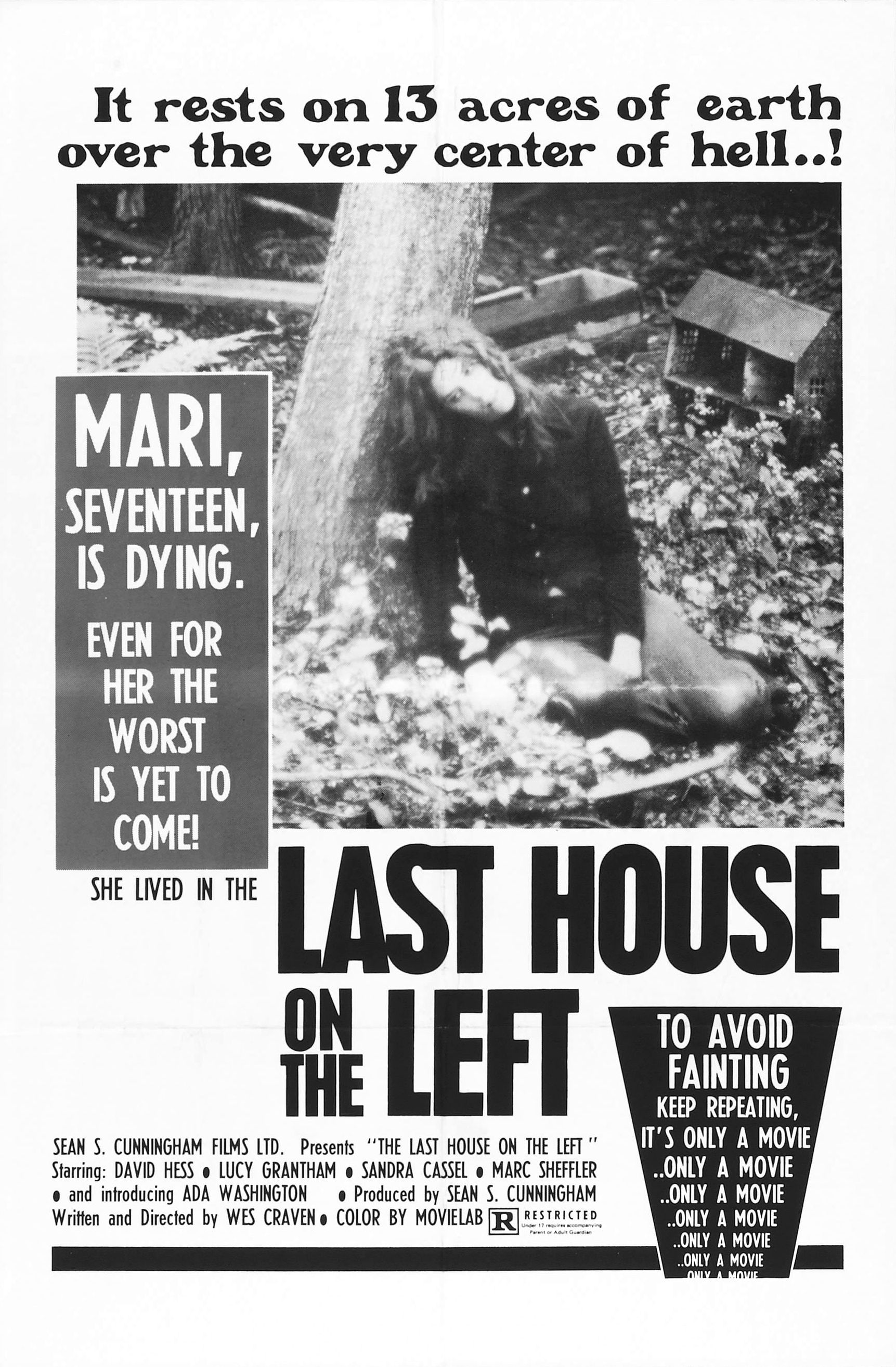
THE LAST HOUSE ON THE LEFT (The Aftermath)

Undeniably, there’s a tonal imbalance in Wes Craven’s landmark 1972 masterpiece, THE LAST HOUSE ON THE LEFT. Where you have brutally bone-chilling scenes of Weasel and Sadie, Junkie and Dad tormenting poor Mari and Phyllis, you’ve got overtly goofy interludes of Mari’s parents making cakes and the inept police trying to hitch a ride. It relieves the tension a smidge and allows to the audience to take a small breath, before they’re thrust back into the thick of it. The scene in question comes right after Mari’s friend, Phyllis is murdered quite graphically. The violent gang descends upon the brutalized girl – Krug cruelly carving his name into Mari’s pale flesh. Then, he sexually assaults her. As obscene and horrific as that scene is, the aftermath is downright heartbreaking. Mari pulls her pants up and walks in a daze to throw up a short distance away – her idealized loss of virginity shattered in a moment, replaced with the cruel reality of having her innocence taken by a madman who smears his drool all over her cheek in a lecherously, degrading and lustful way. Krug and the others all stare into the distance, wiping the blood off of their hands, plucking the grass away with their fingers, in a single crystallized moment regarding the inhumane weight of what they’ve done. There’s not a word uttered, only the stirring song over these silences. It’s a testament to David Hess’ performance that you can almost read guilt on his face for even an infinitesimal second before his reverts back to his evil ways. Mari walks into the lake as a way of baptizing herself from the forced invasion of her body. They follow her to the lake, trailing behind her, but without a sense of urgency. She knows how it will all end, just the same as they do. With a gunshot, Krug ends her life. In a way, this scene was the microcosm of what Craven hinted at with making THE LAST HOUSE ON THE LEFT. The world’s innocence was shattered by the shootings at Kent State – taking us from the Flower Power generation to the generation defined by the insidious rot of Vietnam. And so, Mari’s happy-go lucky life is shattered irrevocably by an act of sexual assault, one that shakes her to her core, culminating in her death and one that leaves ripples across the entirety of her family.
Tags: Alan Howarth, Alex Wolff, Ari Aster, Barry De Vorzon, Bill Moseley, Brad Dourif, Danielle Harris, David Hess, Donald Pleasence, Dwight H. Little, Ed Flanders, Ellie Cornell, Fred J. Lincoln, Gabriel Byrne, George C. Scott, George P. Wilbur, Horror, Jason Miller, john carpenter, karen black, Liv Tyler, Lucy Grantham, Michael Myers, Rob Zombie, Sandra Peabody, Sean S. Cunningham, Sheri Moon Zombie, Sid Haig, Silence, Toni Collette, Walton Goggins, Wes Craven, William Peter Blatty



No Comments